High Summer 2020 Newsletter – Print (PDF)
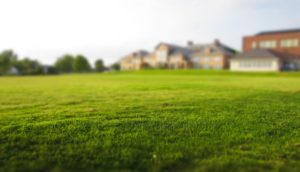
High Summer Newsletter
We hope you had a wonderful Fourth of July! The High Summer Season is about to start and that means two things: heat and drought. Summer weather is very rough on lawns and landscapes. Excessive heat, with temperatures in the high 90’s, high humidity and very little rain in July and August are common occurrences. These conditions create an unhealthy environment for your lawn and landscape, causing damage to many of our lawns. With the Fall Service, we always concentrate on correcting the damage caused by summer weather. But there are things you can do for your lawn to lessen the damage. Let’s talk about prevention!
Caring for Your Lawn in the Heat of Summer:
At this time of year, watering is of the upmost importance. Your lawn needs water, not just to look good, but to prevent damage. Good mowing and watering practices are essential.
- Cut your lawn less frequently and recycle the grass clippings into the lawn if possible. Continue to mow at a height of 4 inches.
- Make sure that your lawn is watered once a week if there is no measurable rainfall, and twice a week during prolonged hot spells — soak the soil to a depth of 4 to 6 inches. This usually takes about 1 hour of watering in each area of the lawn.
- Mornings are the best time to water. This will allow the soil to absorb the water and the turf to dry, which can help reduce the occurrence of turf diseases.
It is easier and requires less water to maintain your established grass areas, shrubs and trees than to have them repaired or replaced.
Check our website for weather and watering conditions: www.finolawn.com Current conditions are Red. The temperatures have been above 90 and there has been no measurable rainfall in the last 2 weeks.
Entire Lawn Core Aeration:
If you want to make the most out of your watering efforts, you might want to consider core aeration for your entire lawn. Over time, the lawn becomes compacted by repeated foot traffic and weekly mowing. Soil compaction can lead to an increase in numerous issues including: thatch buildup, poor drainage and even increased insect and disease activity. With the use of larger and heavier mowers, compaction has become a greater problem for our lawns. Core aeration is the best non-chemical process that can be used to improve the health of the lawn.
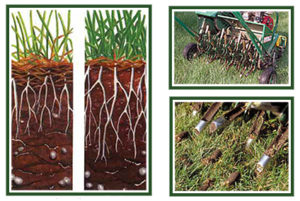
Core Aeration offers the following benefits to the lawn:
- Reduced Water run-off
- Reduced Soil Compaction
- Improved Fertilizer uptake and use
- Enhanced soil water uptake
- Improved Root development
- Enhanced heat and drought stress tolerance
- Enhanced resistance to diseases and insects
- Improved resiliency and cushioning
- Enhanced thatch breakdown
- Improved air exchange between soil and atmosphere
During the Fall Service, we spot core aerate when we repair the damaged areas as part of the reseeding extra work. However, if you are interested in having the entire lawn core aerated, please contact us and we will email you the cost for your property. If you have any questions, please feel free to contact us on 302-792-2201 or at Finolawn@gmail.com
Have a wonderful Summer Season!
Gabriel L. Clouser, President & Eric M. Plummer, Vice President
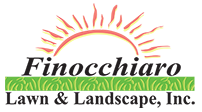
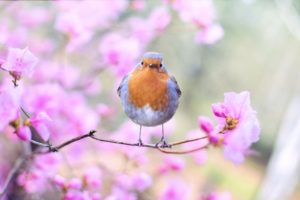

 Also, a reminder: There’s still time to sign-up for Our Flea & Tick Program!
Also, a reminder: There’s still time to sign-up for Our Flea & Tick Program!
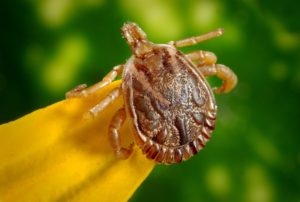
 Also a reminder: There’s still time to pay your annual service cost in advance! In the Spring and Fall, extra work is performed on an as needed basis. Our service technicians evaluate the lawn during the regular service and perform the additional work immediately. Since we have all of the equipment and materials already on the job, this allows us to cut expenses and provide the work at a reduced price. For customers who pay the annual service cost in advance, we discount on-the-job extra work by 50%.
Also a reminder: There’s still time to pay your annual service cost in advance! In the Spring and Fall, extra work is performed on an as needed basis. Our service technicians evaluate the lawn during the regular service and perform the additional work immediately. Since we have all of the equipment and materials already on the job, this allows us to cut expenses and provide the work at a reduced price. For customers who pay the annual service cost in advance, we discount on-the-job extra work by 50%.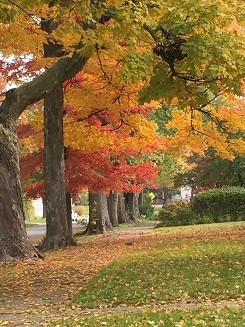 Late Fall Newsletter –
Late Fall Newsletter – 
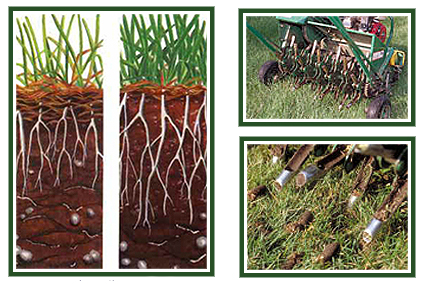 Core Aeration offers the following benefits to the lawn.
Core Aeration offers the following benefits to the lawn.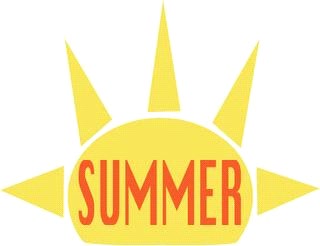
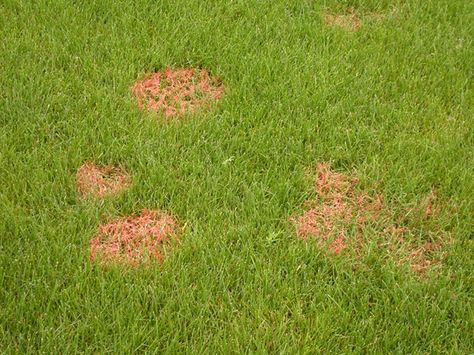 During the summer months, Turf Disease becomes active due to the high temperatures and high humidity. In June we saw 8″ of rainfall, well above normal, and with most of the storms taking place in the evening hours. This created the perfect environment for turf diseases to spread. All turf disease is soil-born, spreading from fungal spores in the soil up, the grass leaf, to infect the plant. Two of the most common diseases we see are Red Thread and Dollar Spot.
During the summer months, Turf Disease becomes active due to the high temperatures and high humidity. In June we saw 8″ of rainfall, well above normal, and with most of the storms taking place in the evening hours. This created the perfect environment for turf diseases to spread. All turf disease is soil-born, spreading from fungal spores in the soil up, the grass leaf, to infect the plant. Two of the most common diseases we see are Red Thread and Dollar Spot.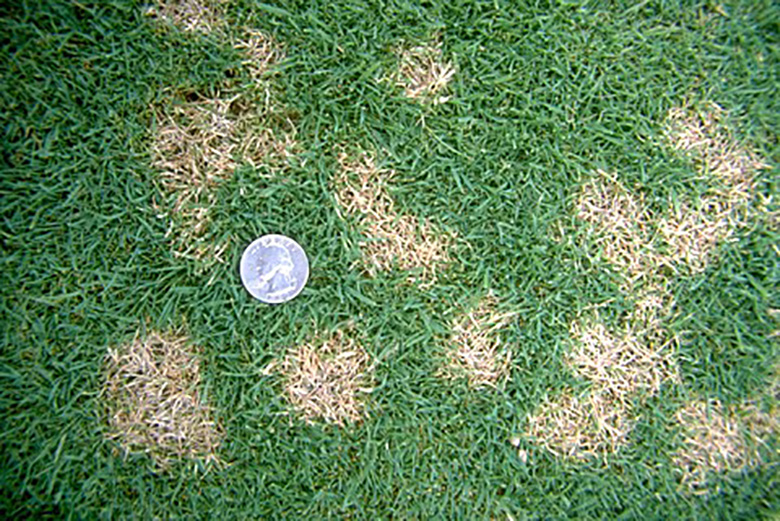 Dollar Spot appears as small circular straw colored spots in the lawn. With closer examination, you can see the brown lesion blight on the grass leaf. This disease damages the grass leaf but does not affect the roots or the crown of the plant. Dollar Spot thrives under high temperatures and humidity when the lawn does not have a chance to dry out. Another common cause is mowing the lawn too short. Short turf is more easily infected than turf cut at the correct height. Our company spot treats the areas around the disease with a curative fungicide to reduce the
Dollar Spot appears as small circular straw colored spots in the lawn. With closer examination, you can see the brown lesion blight on the grass leaf. This disease damages the grass leaf but does not affect the roots or the crown of the plant. Dollar Spot thrives under high temperatures and humidity when the lawn does not have a chance to dry out. Another common cause is mowing the lawn too short. Short turf is more easily infected than turf cut at the correct height. Our company spot treats the areas around the disease with a curative fungicide to reduce the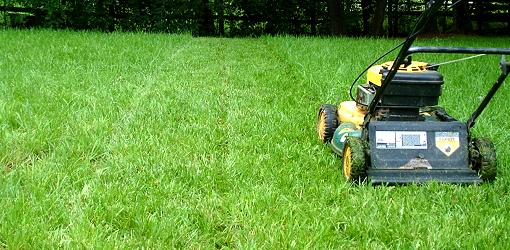 Proper mowing is one of the “Best Cultural Practices” for the lawn. By mowing at 4″, the turf is better able to resist Turf Disease and other summer stresses. Only mow the lawn when it is needed during the summer, which may be once every 10 to 14 days depending on how fast the turf is growing. Please follow our mowing instructions on the Summer Bulletin which the men leave at your home at the time of your service and is posted on our website.
Proper mowing is one of the “Best Cultural Practices” for the lawn. By mowing at 4″, the turf is better able to resist Turf Disease and other summer stresses. Only mow the lawn when it is needed during the summer, which may be once every 10 to 14 days depending on how fast the turf is growing. Please follow our mowing instructions on the Summer Bulletin which the men leave at your home at the time of your service and is posted on our website.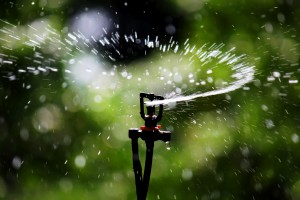 Summer Watering
Summer Watering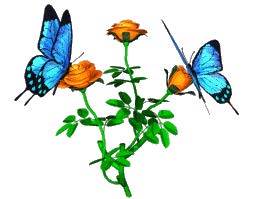
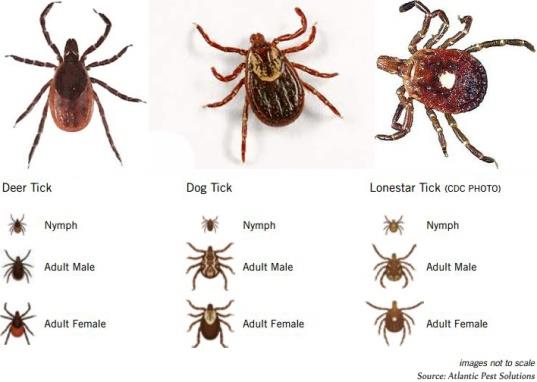 As the climate changes and our summers become longer and warmer, fleas and ticks are becoming more prevalent than ever throughout the state of Delaware. While these insects do not cause damage to the turf or landscape they can be harmful to our pets and families. Finocchiaro Lawn & Landscape, Inc. offers a program that greatly reduces and helps to control fleas and ticks, including the ones that can spread lime disease. Our Program uses a granular to control the fleas and ticks in the ground without harming the beneficial insects such as bees, butterflies and ladybugs in the landscape. If you are interested in our Flea & Tick Program please contact us for more details at finolawn@gmail.com or at 302-792-2201.
As the climate changes and our summers become longer and warmer, fleas and ticks are becoming more prevalent than ever throughout the state of Delaware. While these insects do not cause damage to the turf or landscape they can be harmful to our pets and families. Finocchiaro Lawn & Landscape, Inc. offers a program that greatly reduces and helps to control fleas and ticks, including the ones that can spread lime disease. Our Program uses a granular to control the fleas and ticks in the ground without harming the beneficial insects such as bees, butterflies and ladybugs in the landscape. If you are interested in our Flea & Tick Program please contact us for more details at finolawn@gmail.com or at 302-792-2201.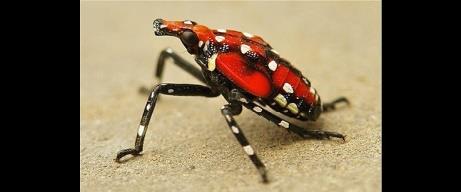 The spotted lantern fly is an invasive plant-hopper insect native to China, India and Vietnam. The insect has a large
The spotted lantern fly is an invasive plant-hopper insect native to China, India and Vietnam. The insect has a large 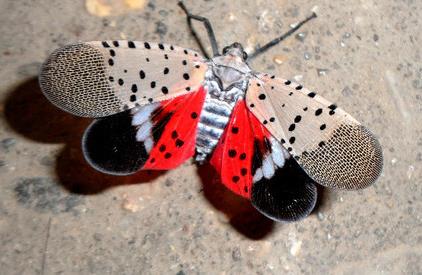 number of host plants in the landscape and in agriculture where it can cause significant damage. Pennsylvania has issued a quarantine for the insect in all of the counties where it has been found and is asking for the help of both residents and businesses to help control the spread of the insect. Please visit www.agriculture.pa.gov to learn more about the Spotted Lantern Fly and about how you can help.
number of host plants in the landscape and in agriculture where it can cause significant damage. Pennsylvania has issued a quarantine for the insect in all of the counties where it has been found and is asking for the help of both residents and businesses to help control the spread of the insect. Please visit www.agriculture.pa.gov to learn more about the Spotted Lantern Fly and about how you can help.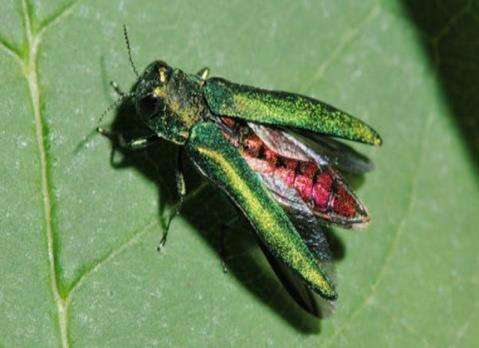 The Emerald Ash Borer is another invasive insect from Asia that is causing severe damage throughout the landscape. The beetle lays its eggs in the bark of the Ash Tree and the larva feed beneath the bark, killing the tree. The beetle has caused the death of hundreds of millions of trees across 35 states and parts of Canada. Ash Trees can be treated to help protect the tree from an infestation, however many communities have decided to remove and replace the trees to limit the upkeep cost and possible future damage. Please visit www.emeraldashborer.info for more information about the Emerald Ash Borer or contact your local arborist.
The Emerald Ash Borer is another invasive insect from Asia that is causing severe damage throughout the landscape. The beetle lays its eggs in the bark of the Ash Tree and the larva feed beneath the bark, killing the tree. The beetle has caused the death of hundreds of millions of trees across 35 states and parts of Canada. Ash Trees can be treated to help protect the tree from an infestation, however many communities have decided to remove and replace the trees to limit the upkeep cost and possible future damage. Please visit www.emeraldashborer.info for more information about the Emerald Ash Borer or contact your local arborist.